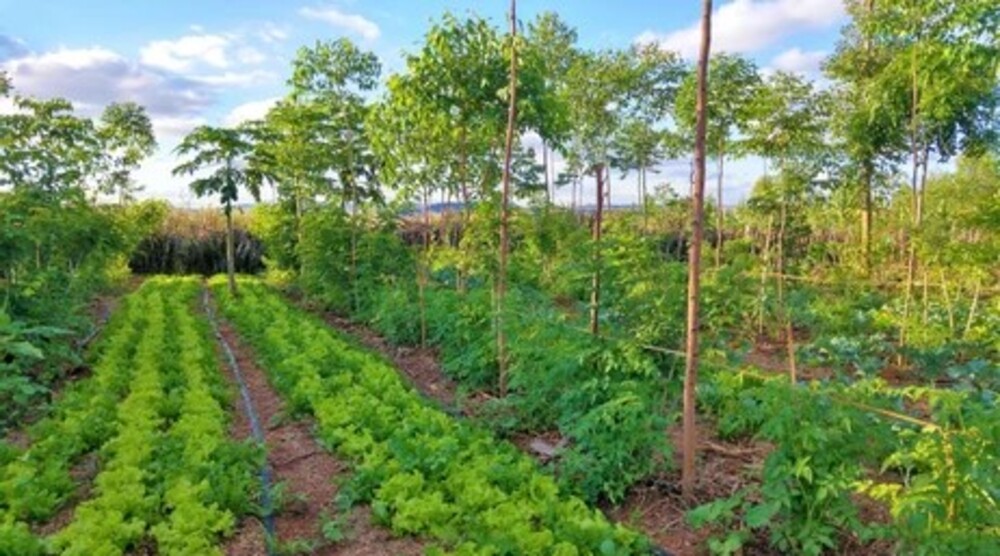The UK has committed to achieving net-zero carbon emissions by 2050, and one way it can achieve this is by reviving the ancient practice of agroforestry. That means the trees are grown on the same land as field crops or livestock pasture for ecological and economic benefits.
Although this farming method was abandoned in Britain after World War II when the government paid food producers to switch to single-crop farming methods, it is now making a comeback as part of the government’s tree-planting campaign to combat climate change.
A method with multiple benefits
Agroforestry is a multi-crop system that boosts biodiversity by aiding pollinators like bees and birds and reducing instances of pest and disease infestation for both plant crops and livestock.
Spreading fruit and nut trees throughout a crop field, rather than grouping them together in an orchard, makes it more difficult for disease to spread from tree to tree.
The practice also slows land degradation by storing nutrients and water in the ground and protecting soil against wind erosion, as well as buffering crops against flooding.
The Woodland Trust, a British conservation charity, has reported that planting 30% of British grass pastureland with trees could produce net-zero carbon emissions from pasture-raised livestock by 2050. The government has committed more than £500m ($560m) to plant 30,000 hectares (about 74,000 acres) of trees per year between 2020 and 2025.
However, less than 3% of British land uses agroforestry. In its 2020 report, the government’s Committee on Climate Change recommended increasing the area of farmland that incorporates trees to 10%, saying it could cut planet-warming emissions by six metric tons per year by 2050.
Challenges to upscaling agroforestry
Even though proponents of agroforestry say making the practice more widespread will be difficult, it is still essential.
There is a lack of available trees to plant, and tackling the country’s tree shortage will take time. The trees must be grown in the country for avoiding imported invasive species or diseases. Imported species can jeopardize the entire ecosystem.
Additionally, awareness of agroforestry techniques should raise since change is a challenge for many farmers.
But some farmers in the UK already work on the revival of the practice of agroforestry. Those who started years ago in adopting the method now advise the government on agroforestry standards.
Nature, they all agree, does not tolerate monoculture. And agroforestry combines some of the best forestry and agricultural practices to embed diversity and resilience while remaining manageable.
Agroforestry is a win-win
Agroforestry is a win-win for both farmers and the environment, and it is essential to achieving net-zero emissions in the UK by 2050.
The UK government must continue to support farmers in adopting the practice, which would also provide them with additional income from the sale of wood.
But, people should not make the mistake of assuming that farmers are foresters. That is not true. But it is true that a change of mindset is a challenge for farmers in the UK. Even though it is highly beneficial for example for egg farms. Eggs are healthier when hens range in covered in trees. Hen mortality drops and egg quality increases with small investments which return in just two years. It is according to the experience of some farmers.

